Growing up in a classical household, it took GANNA a long time to get into folk music. “My mum is a classical pianist and that was the music that surrounded me when I was a child, up until I was thirteen there was only Beethoven, Mozart, Bach – actually a lot of Bach.” In conversation, Ganna tells us about her journey throughout the years and genres and shares the Ukrainian folk music with us that inspired her solo Album “Kupala” (2023).
“I knew when I was a small child that I wanted to become a singer. But my mother’s wish was for me to play the piano, so she was sad every time, I said it. In my 20s, I heard a recording of Ella Fitzgerald on the radio and loved its liveliness and spontaneity. That’s when I got into jazz,” GANNA says. In a roundabout way, she started to study jazz music. “I learnt that jazz music takes a lot from African-American folklore, which I found really beautiful, but at the same time, I felt that it wasn’t my story. So, I asked myself where my roots were, what my folklore was.”
In 2014, GANNA founded the GANNA Ensemble, an ethno-jazz ensemble mixing newly interpreted Ukrainian folk songs and modern jazz. “During my studies, I started working with Loopstation and developed those skills. In my solo-Album ‘Kupala’, Ukrainian folklore comes together with Loopstation, but also beats, synths and complex arrangements.”
Between Loop Stations and Folklore
Sophie Romy: Jazzy piano solos, folklore, loop stations and synthesisers – all those elements come together in your music. How do these styles influence one another in your music?
GANNA: The old song is at the centre. Of course, there are a lot of temptations to do crazy electronic things and destroy the old material. I’m very aware that the old songs deserve a lot of respect and also make up the core of the music. Everything that happens around it is just to make sure that the way I see the song, the heart of the music, comes out the best. Regardless of whether it’s piano solos or beats, there are always some improvisational parts, too. It’s important to me, even when I’m performing, that you don’t play all the arrangements perfectly note for note. If you always play the same thing, it gets boring after a while.
Your solo project has a completely different sound than the GANNA Ensemble. You use synthesisers and vocal loops. Where did the desire for a new sound come from?
It was a mixture of different moments. I formed the band when I was living in Berlin but then I moved to Weimar to study. I formed the band when I was living in Berlin and took a preparatory course. The jazz scene there is quite small, so I practised a lot on my own. I was very lucky to study with Michael S., who started working with voice and loop stations back in the 90s. I spent a lot of time learning those techniques and really enjoyed it. It’s amazing when you perform on your own as a singer. There is solo piano, and there is solo guitar, but there are very few solo vocals. I found this freedom, this independence very exciting. You have a lot of room for yourself to try out ideas.
This world of mixing and producing opened up to me, where you can create a space. There’s not just left, right, stereo, you can move voices around the room. You can position the voice differently, one at the top right, the other at the bottom left, and create depth. I learnt a lot while making this album and decided not to use just one track that you can’t mix, but to record each voice individually and then it got completely out of hand. Then I thought, but now I could also use synthesizers, now I could also produce beats, now it doesn’t have to be just vocal percussion or vocals with bass effects, it can be a real bass. I learnt a lot while producing this album. And somehow it turned out completely different from the live performances.
What impact do loop stations and effect devices have on the folklore you are reciting?
If you compare the quintet to the solo project, the solo project is more about voice and much less immersed in those complex jazz harmonies. The solo performance is probably closer to the traditional performance because it’s often performed in choirs with multiple voices and polyphony. But whether solo or ensemble, it’s important to me that the heart of the original piece is preserved.

Photo by Dovile Sermokas
I’m not a folk singer. I don’t try to be that either, folklore definitely has many different components. Apart from just the melody and the lyrics, there is this specific sound of the voices, this very dense sound that I sometimes use, but I don’t sing in this way all the time. The traditional performance of folk is something completely different for me. Which is great, but I’m not trying to be that.
There is a piece called “TUMAN”, which is famous in Ukraine, it’s a very long polyphonic piece that I’ve tried to work on. Unfortunately, it didn’t work, because when you loop, you have to record one voice after another to create polyphony, and the melody develops slowly. I partly came up with a different melody that was still related to the original way of singing, the original arrangement. What for me creates the essence of the song. Not in the explicit notes but in the attitude, in the mood, that’s what “TUMAN” is. I was also very unsure whether I was allowed to do that, and I think that was the furthest I ever went from the original material.
Imagining the Rhythms
You handle the old and traditional material very sensitively and consciously. Were there, as you’ve just described, difficulties for you in implementing this?
I’ve discarded versions of arrangements because I had the feeling they went too far and didn’t do the music any good. Of “SOKOLONKO“, for example, which has now ended up on a solo record, existed countless other versions, that was the very first song I arranged. I played it for the first time 10 years ago. While working with the ensemble, it morphed into a modern jazz version which I didn’t like. I had the feeling that the story was a different one, but somehow I couldn’t convey it any better in the ensemble. I have the feeling that if the actual story is being turned into something it isn’t purely to create a musical piece. If I can’t do justice to the original material, I will scrap it.
Do certain rhythms from folklore inspire you as well as the vocals?
There are a few odd rhythms in Ukrainian folklore. “HALOCHKA“, for example, sounds very organic, but it’s actually a 7/8 and a 6/8 meter, it changes very harmoniously so that you don’t really notice it. “SPIVANKA” has a 12/8 meter in its melody. But I learnt folklore by hearing people who sang it, which means I had to imagine the rhythm or interpret the groove they sang. “SPIVANKA” I interpreted as a 12/8 meter, but of course, the old man who sang it for me didn’t think about singing a 12/8 meter. I’m still unsure if I interpreted it correctly. It wasn’t the rhythms that inspired me, but the vocals.
“In 2018 I set out to travel through different regions of Ukraine. I wanted to get to know people because folklore is passed on orally. People put their souls and their lives into these stories and on this journey, I discovered a lot of things that you can’t record or write down in a book – that’s just a fraction of what it’s all about. Every song is actually a person. And that’s why you have to treat the material with a lot of love and respect because I know it’s not just a song, it’s several people over several generations. “
Mystical Powers
Did you ever face challenges in terms of the lyrics and topics of older songs?
Many of the lyrics are about women but some represent outdated ideas of relationships. For a long time, I avoided songs that are not contemporary but then I thought to myself, I could simply adapt them. So, I rewrote some of the lyrics to break gender roles. “WITER“, for example, is about strong women who are important to Ukrainian society. That was also the way I grew up. Women are the head of the family. Many songs are also about war and the story of Ukraine fighting for its independence.
In the music videos, you use nature imagery. Is that also something reflected in your lyrics?
Yes, “SOKOLONKO” for example is about the connection between people and nature. It tells an important story because it explains rituals from a time when people believed in nature deities. Many songs from an older time talk about the deities of spring, like the falcon that flies through the air bringing people home. The song is about hard work, but also care and love. It’s not just a symbol, but also has great mystical power that can inspire hope. This connection to nature is very close to me because I grew up in the village.
I like “SOKOLONKO” a lot because it tells a story of hard work but at the same time the bird the story tells about has something caring and loving and something very powerful, a kind of hope. I know this situation the song talks about. It’s summer or autumn, you’re out in the fields picking potatoes. You feel this tiredness but somehow also the beauty of this moment and the warmth and the sunset. It is a kind of a physical, pleasant tiredness.
GANNA’s new single “RANO (КОЛЯДКА)” is out now via Berthold Records. Stay in touch with GANNA via her Instagram and Website.



